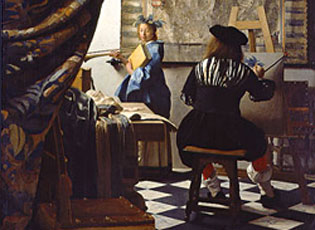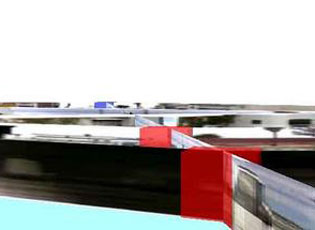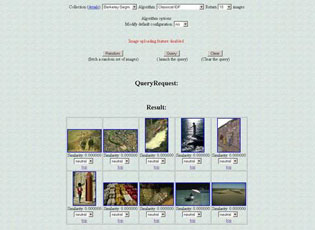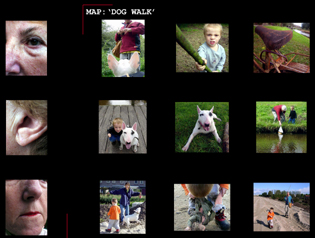| Note: If you see this text you use a browser which does not support usual Web-standards. Therefore the design of Media Art Net will not display correctly. Contents are nevertheless provided. For greatest possible comfort and full functionality you should use one of the recommended browsers. |
![]() Editorial
Editorial
Mapping and Text![]() Rudolf Frieling
Rudolf Frieling
From the outset, maps have surveyed and inscribed territories in order to take possession of them, to occupy and colonize them. So historically speaking a map was not just a cognitive instrument but primarily an instrument in the competition for economic advantage and power. This world survey narrative goes hand in hand with the invention and testing of better navigation instruments and timepieces. [more]![]()
 | The Archive, the Media, the Map and the Text The artists ‹free› the images as much as the words of their original referential and indexical format to that of an original order, such that the new sense of order opens a new mode of reading. The generative nature of the text apparatus and the logic of the library (as storage space of all referential structures) transform the archive into a producer and into an archive of potential texts. [more] |
From the carthopraphic View to the Virtual This text analyzes the cartographic view from its birth to its most recent, utopian and virtual modalities. Since the map as artefact is a plateau (in Deleuze's sense) with several strata and openings, that outlines a new kind of vision - that of a projected infinity seen from above - and new kinds of abstractions, the abstract as a diagram. [more] |  |
 | Beyond the Archive: Bit Mapping Recently a 'spatial turn' has been announced in Cultural Studies. In digital operations, though, 'space' is nothing but a metaphor. 'Mapping' therefore should be taken in its mathematical, topological sense, in order not to confuse imaginary (iconic) with symbolic (indexical) operations in cybernetic aggregates and physical networks. [more] |
Seeing inside the Cloud What does the Internet look like? Conventionally, engineers have represented it as a cloud, a useful graphic shorthand to mask its complexity. In my presentation I consider how cartographic maps and graph visualisations are used to represent what's inside the Internet cloud. [more] |  |
 | Image Search or Collection Guiding Any computer user in faced with an increasing amount of visual information in digital form (images, videos,...). There is, therefore, an urgent need for usable tools to mine and manage such document collections. We have proposed the Viper/GIFT system for content-based query-by-example image retrieval as a solution to the problem of mining visual collections. [more] |
9 (Nine) 'Nine(9)' can be said to have two main trajectories. Primarily it is software built by and for those of us locked out of the narrowly engineered subjectivity of mainstream software. It is software which asks itself what kind of currents, what kind of machine, numerical, social and other dynamics it feeds in and out of, and what others it can help bring into being? The second vector is related to this. [more] |  |